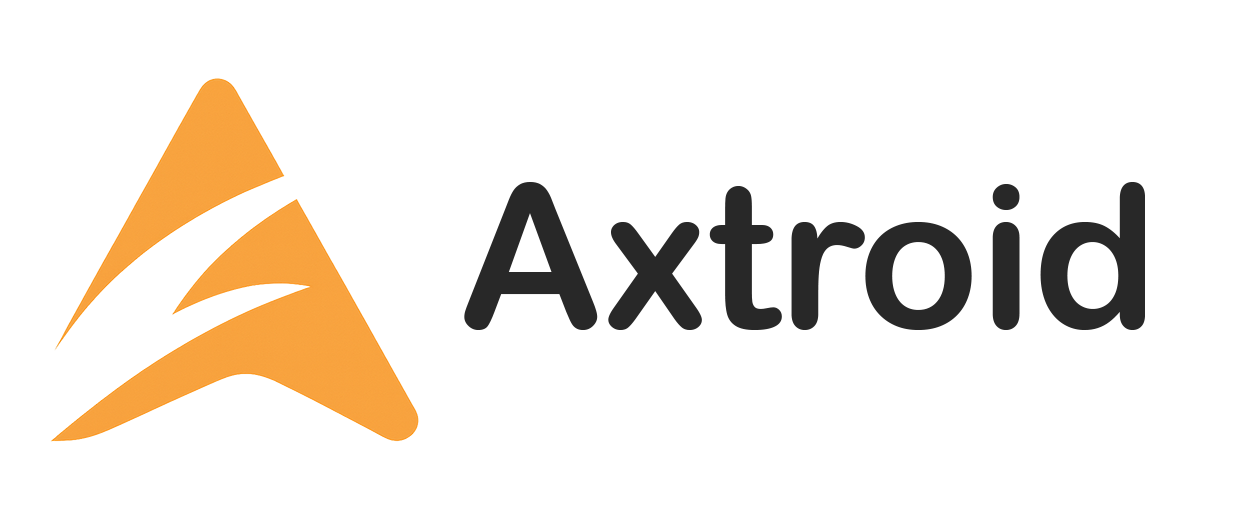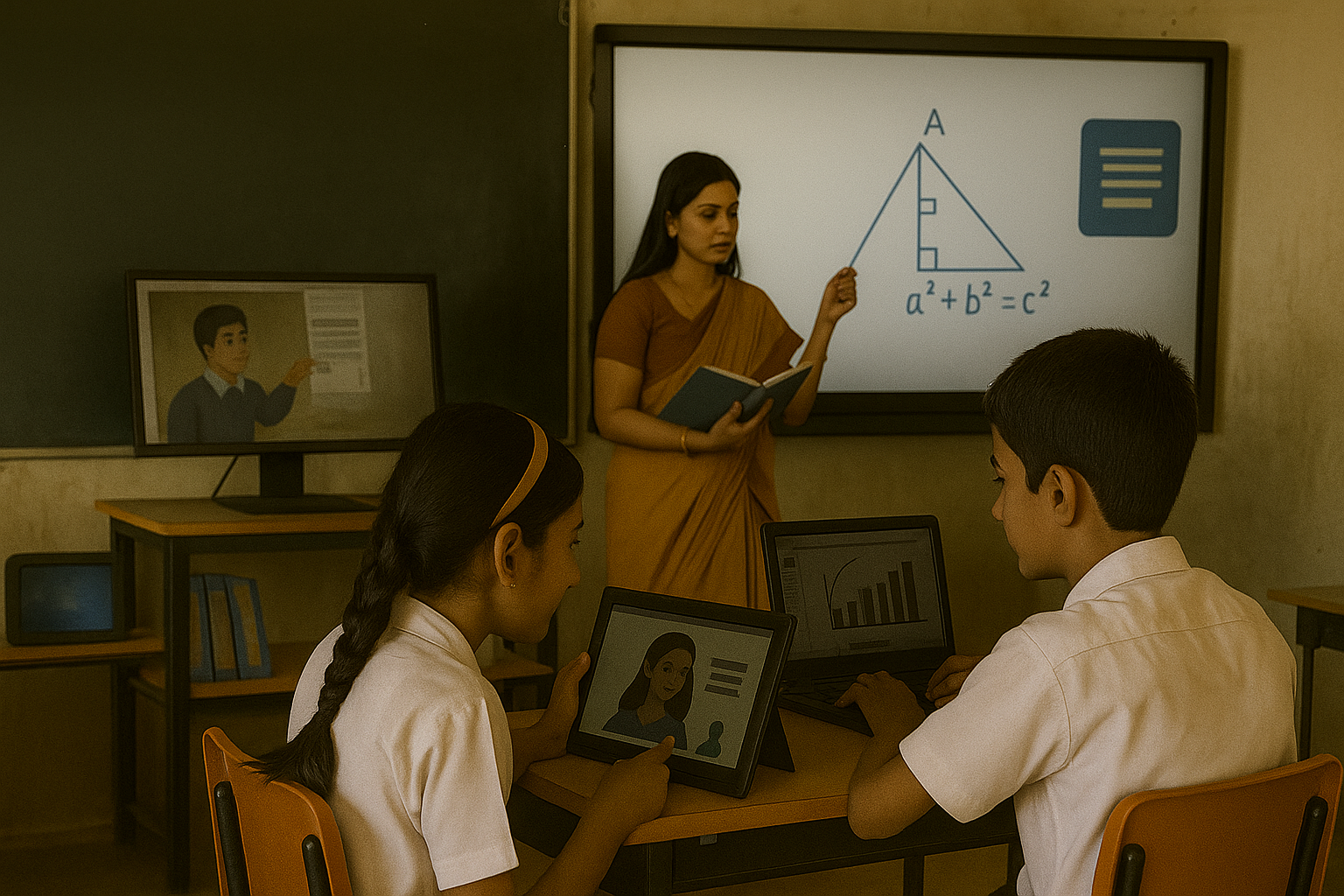Introduction
India’s education landscape is undergoing a profound transformation, fueled by the rapid adoption of educational technology (EdTech). Once confined to chalkboards and textbooks, classrooms are now evolving into interactive, tech-enabled learning hubs. From remote villages to metropolitan schools, digital tools are reshaping how students learn, teachers teach, and institutions operate.
1. Personalized Learning for Every Student
One of the most powerful impacts of EdTech is personalized learning. Platforms like BYJU’S, Toppr, and Khan Academy use AI and data analytics to adapt lessons to each student’s pace and level of understanding. Whether a student excels in math but struggles with English, or needs revision in science topics, EdTech platforms customize content accordingly—something traditional classroom settings often cannot achieve.
2. Breaking Geographical Barriers
EdTech has bridged the gap between quality education and remote locations. Students in Tier-2 and Tier-3 towns or rural villages now have access to the same video lectures, mock tests, and live sessions as their urban peers. Initiatives like DIKSHA, the government’s digital learning platform, and nonprofit-driven tools like eVidyaloka, are bringing qualified teachers and structured content to even the most underserved areas.
3. Interactive and Engaging Content
Unlike passive textbook learning, digital platforms offer interactive videos, simulations, gamified quizzes, and AR/VR experiences that make abstract concepts easier to grasp. This approach boosts engagement and comprehension, particularly in subjects like science and mathematics. EdTech doesn’t just make learning fun—it makes it stick.
4. Empowering Teachers with Digital Tools
Teachers are no longer just content deliverers; they are facilitators of tech-integrated learning. EdTech empowers them with digital assessment tools, attendance trackers, performance analytics, and ready-to-use content. Platforms like Teachmint, Google Classroom, and Zoom have made hybrid and remote teaching scalable and manageable. Training programs by state education departments and private partners are helping educators become digitally fluent.
5. Affordable and Scalable Solutions
Contrary to the myth that EdTech is only for elite schools, low-cost solutions are making their way into government schools too. Smart TVs, tablets, solar-powered devices, and community learning kiosks are expanding access. Startups and NGOs are innovating with offline-capable apps and modular content that work with limited bandwidth and outdated hardware.
6. Real-Time Assessment and Feedback
With EdTech, assessments are no longer limited to periodic exams. Continuous, real-time evaluations help teachers track student progress and intervene early. Adaptive tests, instant quizzes, and automated grading make it easier to measure learning outcomes and identify gaps in understanding.
7. Building Future-Ready Skills
Beyond academics, EdTech platforms offer coding, robotics, entrepreneurship, and design thinking courses—skills crucial for the 21st-century workforce. Exposure to such tools at an early age builds creativity, collaboration, and digital confidence.
Challenges Ahead
Despite its promise, EdTech is not without hurdles:
- Digital divide in rural areas
- Lack of infrastructure (electricity, internet, devices)
- Need for teacher training
- Language barriers in digital content
These gaps must be addressed through public-private partnerships, policy support, and inclusive innovation.
Conclusion
EdTech is not just a buzzword—it’s a movement that is redefining the future of education in India. It offers a path to equity, engagement, and excellence. If implemented inclusively and thoughtfully, EdTech can ensure that every child in India, regardless of background, has the opportunity to learn, grow, and thrive in the digital age.


Leave a Reply